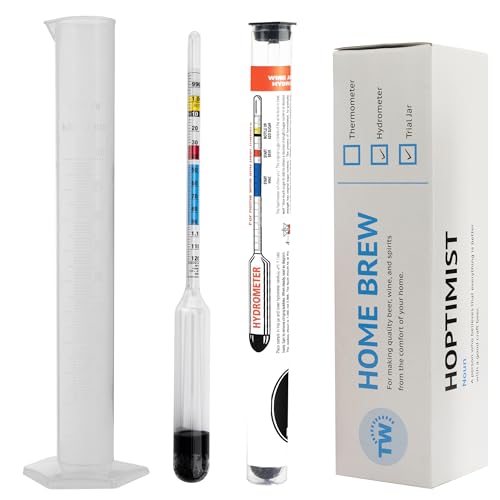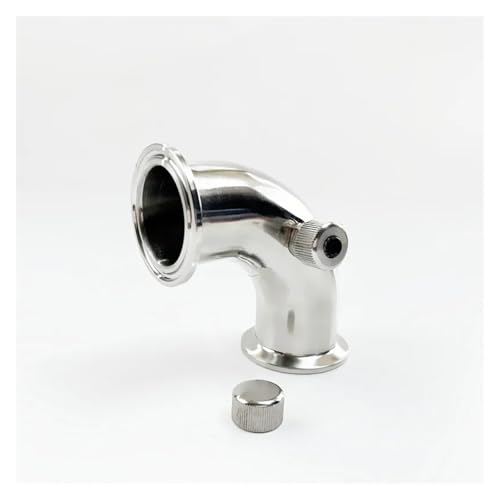The following is from "Brewing Better Beer" by Gordon Strong, a Christmas present

This is the first time I have seen this. I thought the advice was always to cool the wort. What do you think?

This is the first time I have seen this. I thought the advice was always to cool the wort. What do you think?
















































